Child of Light
Publisher: Ubisoft – Genre: RPG – System: Multi-platform
Buy: PC Download
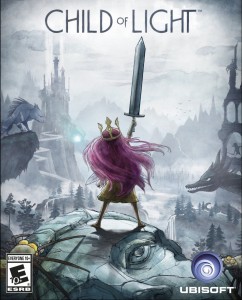
tl;dr (spoiler free)
Child of Light, a side-scrolling JPRG developed by Ubisoft, features gorgeous 2D visuals (complete with great use of parallax scrolling of multiple layers), a beautiful and very non-traditional musical score, and fun strategic combat heavily inspired by the Grandia series. I didn’t like the story or the writing, but I enjoyed the game otherwise.
Full Review
Child of Light uses a modified Grandia combat system. For those unfamiliar with the system (and who haven’t played our own Penny Arcade RPGs which use a similar system), the core is that by hitting enemies right before they make their next move, you interrupt them which knocks them back on the time bar, essentially stunning them briefly. Child of Light makes a few changes to the basic Grandia system: your party consists of only two characters at a time (Grandia had a four person party); you can swap characters in and out mid-battle with ease; there is no positioning aspect (in Grandia, allies and enemies moved around the battlefield and different attacks had different ranges and areas of effect); all attacks can interrupt enemies (in Grandia, only specifically marked interrupt abilities did this); and you have a firefly friend, Igniculus, who can slow down enemies.
Child of Light does a good job at simplifying many JRPG mechanics, but falters in others, notably, the level up system.
Igniculus solves a key problem from the Grandia system. Grandia‘s battle system is primarily a reactive one – you wait for your turn, see where everyone is on the time bar, and then decide if the current situation lets you interrupt enemies. Igniculus solves this by giving the player a finer level of control over the enemies’ position on the time bar, thus allowing the player to actively set up interrupt situations, instead of just take advantage of situations as they arise. An astute gamer will quickly recognize that it’s not always ideal to slow down your enemies, sometimes you want them moving at full speed.
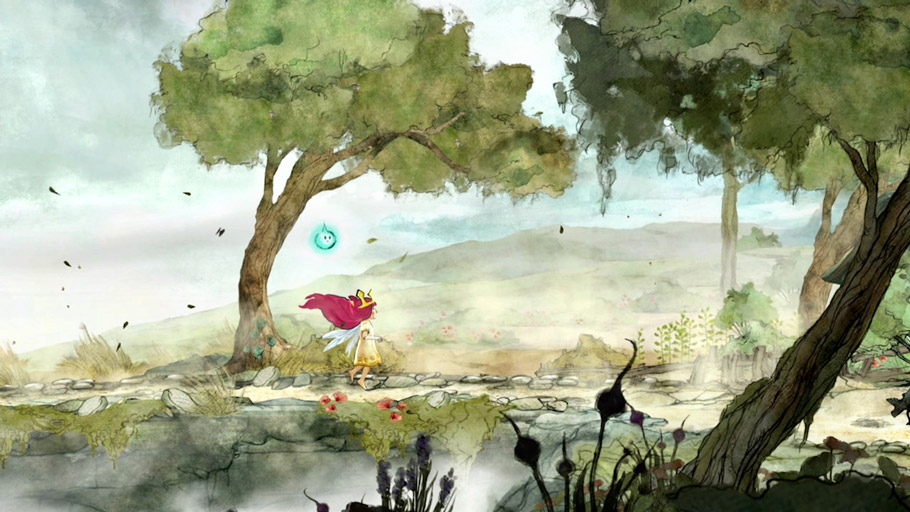
Child of Light does a good job at simplifying many JRPG mechanics – low active party size, each character has a clear niche, streamlined equipment system – but falters in others, notably, the level up system. On the one hand, it’s relatively simple – get a skill point each time a character levels up, then use that skill point to progress down one of three paths for each character – but at the same time, it could have been even simpler. Once you’ve progressed through the early levels, levelling up no longer rewards players with new abilities, but only minor stat bonuses and upgrades to existing abilities. Unfortunately, this creates a halt in character progression.
You can adjust characters somewhat based on which path you focus on (Rubella, a jester that Aurora meets early in her adventure, can be a great physical warrior with decent healing abilities, or a decent physical warrior with great healing abilities), but in general, the levelling system just isn’t very exciting. For some characters, one path seems clearly superior (like with the mage, getting +30% to all spell damage is a lot more useful than boosting his crummy physical attack capabilities). Child of Light would have benefitted from going to more of an extreme: simplify things further by making levelling up a strictly linear experience (set stat bonuses and abilities at set levels), or increasing the number of interesting choices in developing individual characters.
Art by: Yoshitaka Amano | Lunacy | Calette
Each character in Child of Light has their own unique attack command. The power and speed of each attack equivalent varies from character-to-character, and several characters even have secondary characteristics attached to their attack. Besides adding an extra level of strategy to simple attacks, these variations helped to add personality to each character. Unfortunately, they missed a chance to do something similar with the defend command. It would have been easy to create various defend variants of the defend command, for example: defend with an increased chance to dodge; defend that doesn’t reduce damage as much as normal but has a higher speed bonus; or, defending that also protects allies.
Speaking of defending, Child of Light is one of the few RPGs where the defend command is very useful. There are three reasons for this: 1) the aforementioned Interrupt system; 2) frequent use of “Charge Up” abilities from a number of enemies; 3) a more powerful defend action than in similar games. Whereas a typical JRPG defend command merely cuts damage in half, Child of Light‘s defend command, at max rank, cuts damage to by 80% and provide the character with a speed bonus on the following turn.
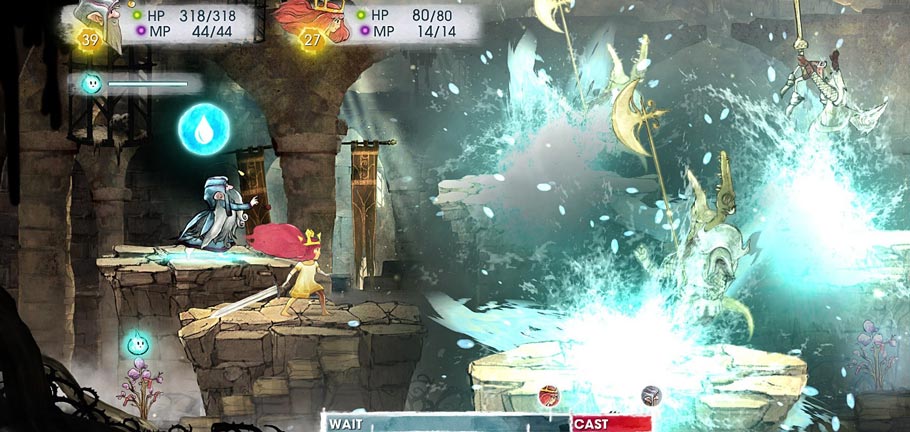
It’s much easier to just develop a general purpose strategy for winning in combat, rather than adjusting your strategy on a fight-by-fight basis.
Ailments and debuffs are highly effective in Child of Light since no enemies are immune, but buffs are a lot weaker than they are in most RPGs due to the small party size (group buffs only affect 2 people), and the frequent rotation of characters into-and-out-of combat. The solution to this might have been as easy as allowing buffs to target your entire party, regardless of who was in combat when it’s cast.
Combat in general lacks transparency. Specifically, there’s no way to gain information on enemies – their max/current HP, strengths, weaknesses, attack patterns – short of trial and error. Because of this, it’s much easier to just develop a general purpose strategy for winning in combat, rather than adjusting your strategy on a fight-by-fight basis.
Later in the game, Child of Light has frequent encounters with enemies that are highly resistant to either physical or magical attacks, forcing the player to use the appropriate attacks against them. This is reinforced even further by often giving these enemies counter-attacks if you use the “wrong” attack type against them. Rather than feel clever for using the right attack against them, the frequent use of this sort of brute force approach to balancing makes the player feel like they’re just being led by the hand through the developer’s ‘puzzle,’ rather than being able to devise their own strategy for victory. And since there are only two characters in the game with decent magic capabilities, this design felt more restrictive than necessary.
Although I didn’t personally mind, I could see how some people could find the constant combat in Child of Light tiresome. There is some attempt to counter this with the occasional conversation between party members, the lack of non-combat situations is noticeable. I would have liked to have seen larger and/or more frequent towns, more puzzles, and platforming challenges.

Art by Shira
Characters in Child of Light can be equipped with oculi: small gemstones than can be combined in various ways to increase or change their effect. There’s elegance in the way that each oculi have a different effect depending on where they are equipped, and using them as the foundation of the crafting system, but the user interface is cumbersome and more complicated than necessary. I missed the ability to see all effects on a single screen (and when crafting), and being able to see how many total oculi were in my inventory and equipped to my characters. These two small changes would have made crafting a much smoother experience.
Despite some questionable design choices, I greatly enjoyed Child of Light
I’m choosing not to examine the story and writing too deeply, partly because I’m no expert on poetry, but I felt like the writing was presented, using four line poetic stanzas for all dialogue, in a fashion that made the game sometimes difficult to understand. Specifically, sticking multiple characters in a single dialogue box made it hard at times to remember who was talking, and displaying the dialogue one line at a time made it more difficult to figure out the appropriate rhythm to use (unlike say, a children’s book where you can easily see an entire exchange at a glance).
And there you have it. Despite some questionable design choices, I greatly enjoyed Child of Light (and in fact, it’s the first RPG that I’ve played all the way through this year), but there’s definite room for improvement if Ubisoft revisits the world of Lemuria.
This review was published in its original form on Zeboyd.com
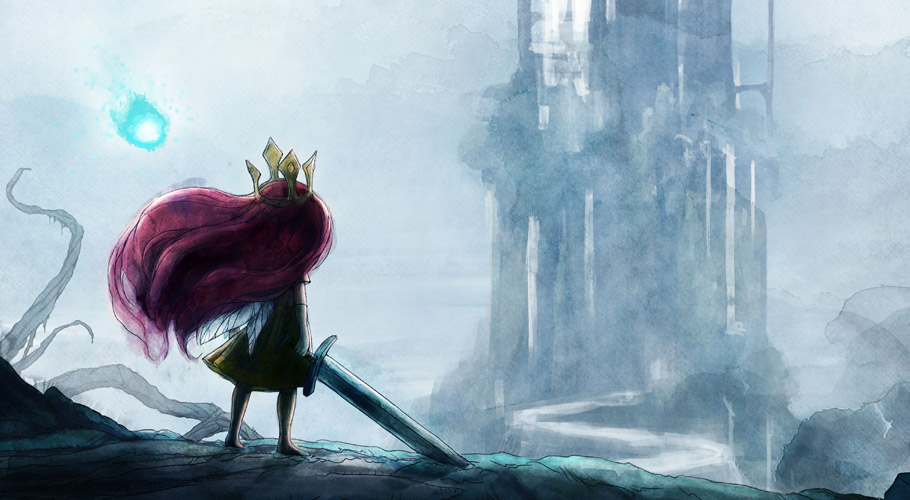
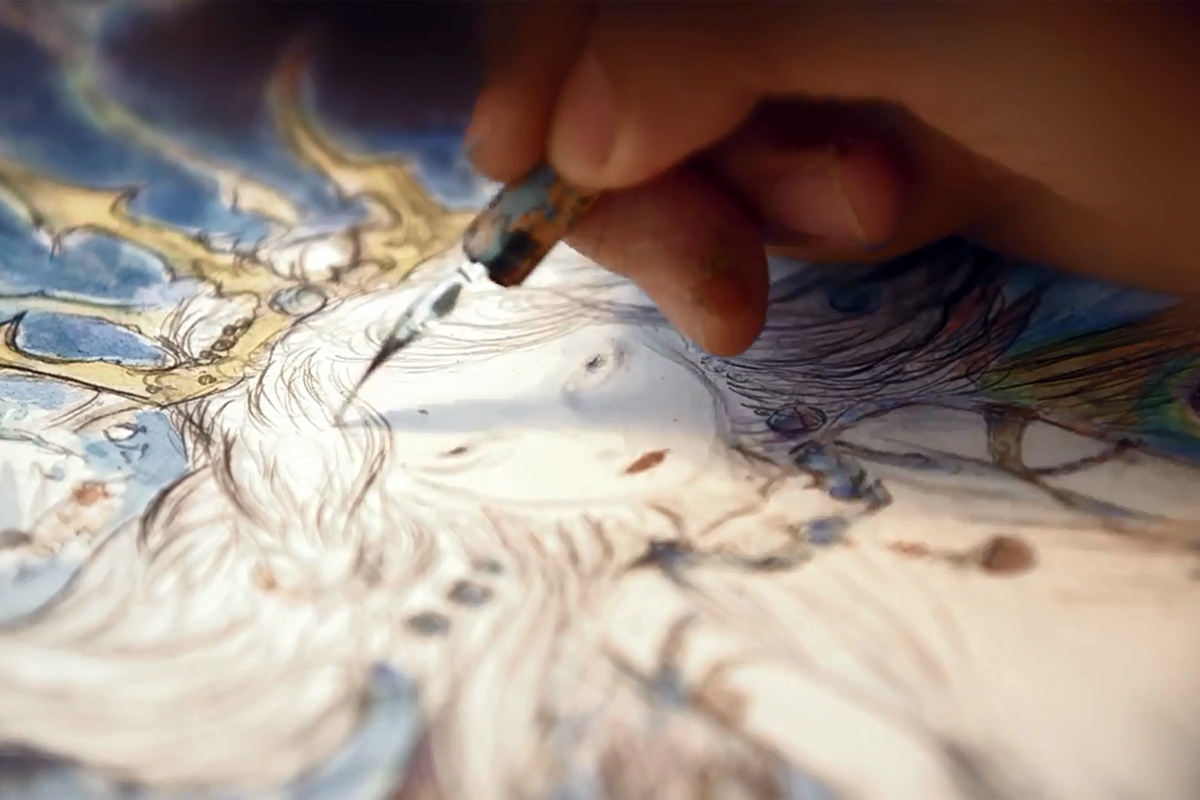
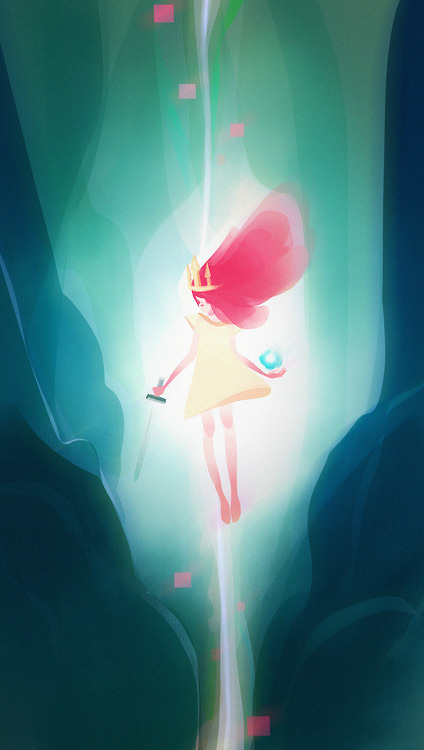
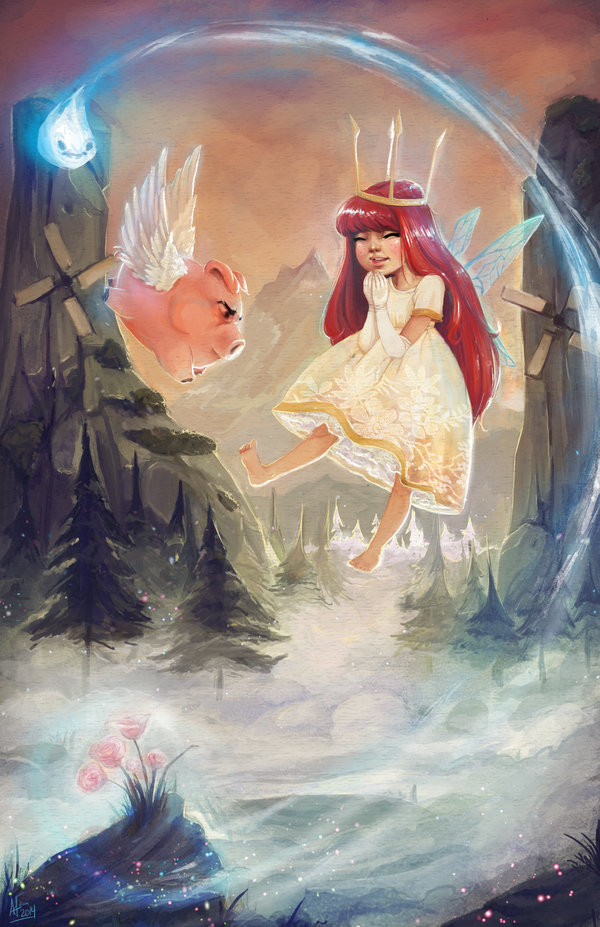
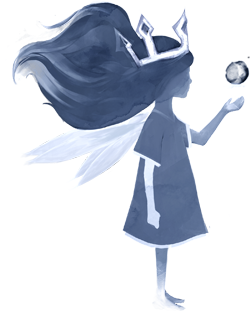


This sounds really cool, despite the design flaws. I’m always on the hunt for cool, unusual games. I have so little time to play (damn it!) that I have to be really picky. Thanks for the review!
Steven, its definitely a great game to pick up and put down when you only have a little bit of time. Cheap price point, too. Definitely grab it if you haven’t already. Plenty of fun despite its few small short comings. Really small stuff, though. Doubt it bothers most people, really.